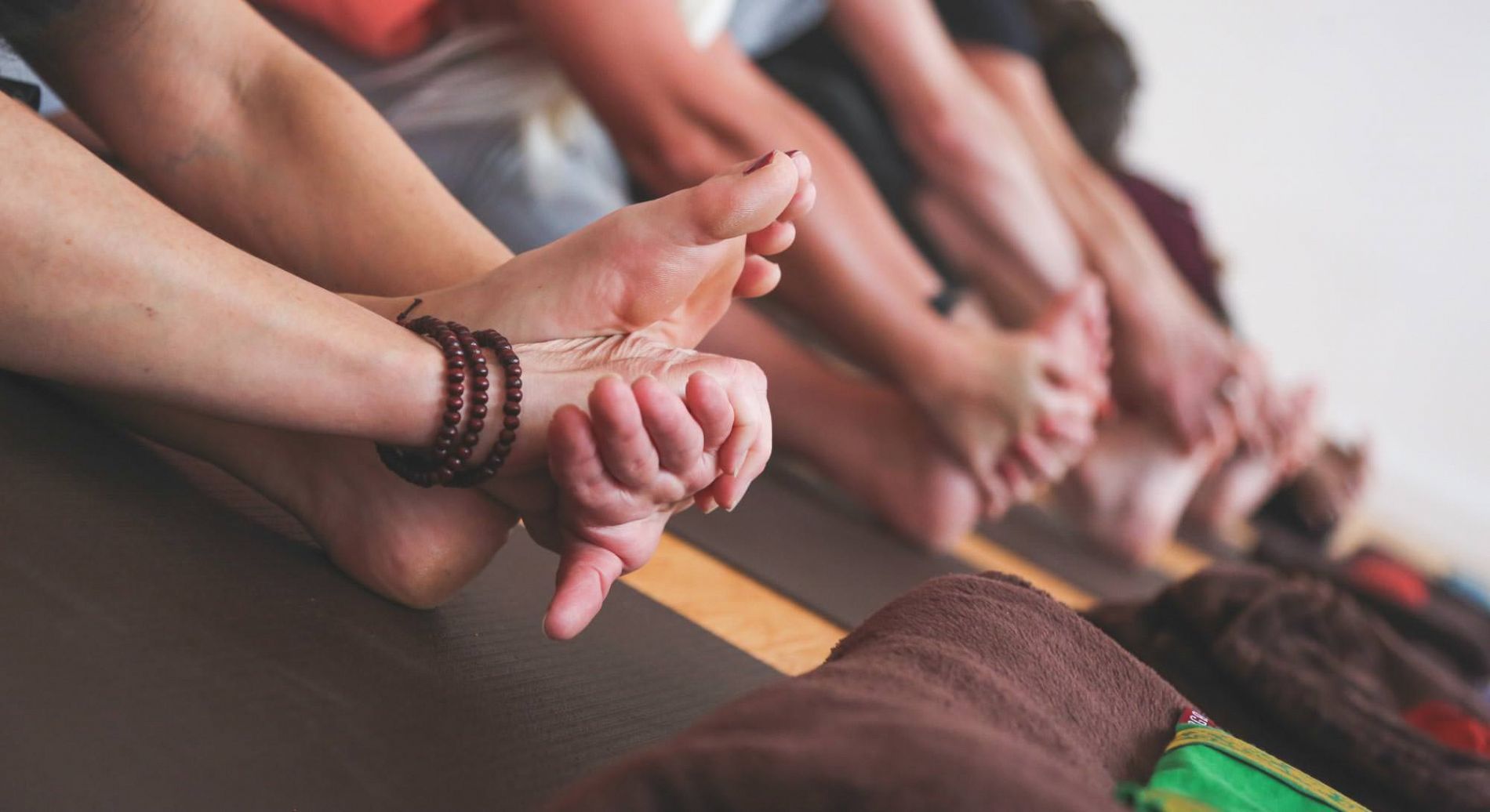Ashtanga Vinyasa Self Practice is a yoga method devised by Sri K Patthabi Jois based on traditional yoga teachings and is an ideal practice not only intermediate and advanced practitioners but also for the beginner. You are given a set of postures to practice at your own pace to allow for a natural development of your postures, breathing and mental clarity. The teacher is there to individually guide and assist you throughout the class.
During this workshop Maureen will talk about the benefits of building a practice from scratch so is ideal if you have never been to a class like this before. The aim is to dispel any myths or worries and to demonstrate that you can practice Ashtanga Vinyasa yoga no matter which stage you are at.
The following text is extracted from KPJAYI, MYSORE:
Vinyasa means breathing and movement system. For each movement, there is one breath. For example, in Surya Namskar there are nine vinyasas. The first vinyasa is inhaling while raising your arms over your head, and putting your hands together; the second is exhaling while bending forward, placing your hands next to your feet, etc.
There are three places of attention or action: posture, breathing system and looking place. These three are very important for yoga practice, and cover three levels of purification: the body, nervous system and mind. They are always performed in conjunction with each other. Asanas purify, strengthen and give flexibility to the body. Breathing is rechaka and puraka, that means inhale and exhale. Both the inhale and exhale should be steady and even, the length of the inhale should be the same length as the exhale. Breathing in this manner purifies the nervous system. Dristhi is the place where you look while in the asana. There are nine dristhis: the nose, between the eyebrows, navel, thumb, hands, feet, up, right side and left side. Dristhi purifies and stabilizes the functioning of the mind.
